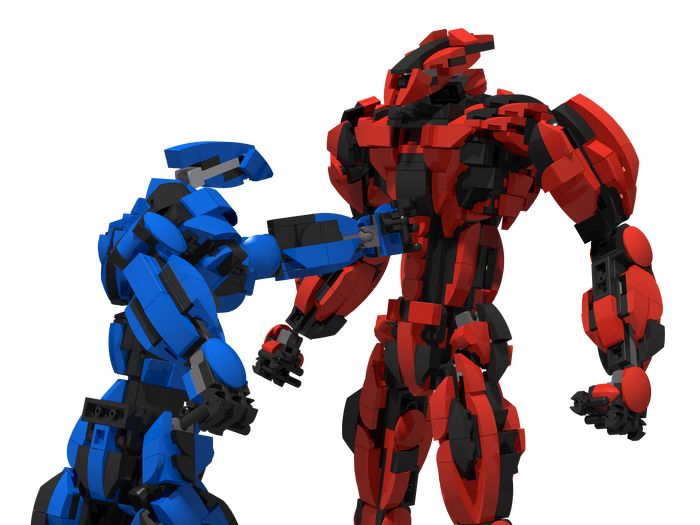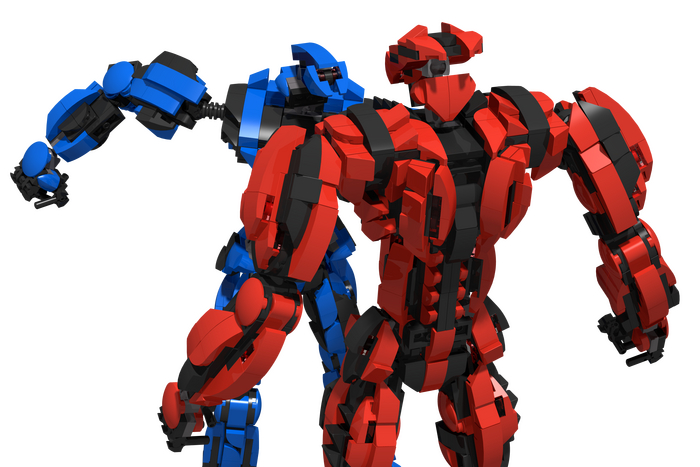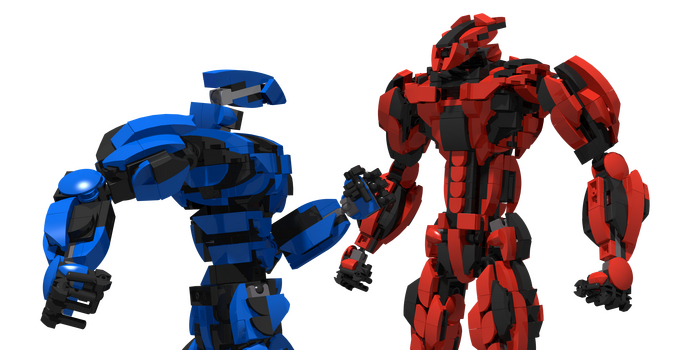In this article, we’ll explore the process of tapping threads and compare two approaches: using a regular tap and using the “Max Wheel.” Our goal isn’t to declare one method superior, but to show how various factors influence the result and allow readers to draw their own conclusions. A_Novel_Approach_to_Thread_Cutting_Using_the_Max_Wheel_Concept Initial Data: Task: Tap an internal M8 (8 mm) thread in a steel 90 part. Tool: o Regular M8 tap made of high-speed steel (HSS). o “Max Wheel” with an M8 tap holder. Additionally: o Impact T-handle tap wrench. o Thread cutting oil. 1. Regular Tap: What’s the Essence of the Process? Let’s take a regular M8 tap and try to cut a thread in a steel 90 part. What happens? As the tap rotates, the cutting edges bite into the metal, forming the thread. This process is accompanied by friction between the cutting edges and the material of the part, which leads to heating of the tool and the part. The harder the material and the larger the thread pitch, the greater the friction and the force required to rotate the tap. 2. Force: How to Apply It Correctly? When using a regular tap, force is applied through a T-handle tap wrench. Most right-handed people find it convenient to rotate the wrench with their right hand. It’s important to apply force evenly and control the speed of rotation. Too much force can break the tap or damage the thread, and not enough force can cause the tap to “bite” and create a poor-quality thread. The amount of force depends on the material of the part, the thread pitch, and the sharpness of the cutting edges of the tap. Steel 90 will require significant force, especially in the initial stages of tapping. We understand that the T-handle or any similar wrenches used here inevitably have a limitation during application: the direct translational movement of the tap is limited by the physiology of applying uneven force by both hands of a person. Thus, the resulting thread will differ in uneven grooves: if the master is right-handed, then the semicircle of this thread on the right side will usually be deeper. 3. “Max Wheel”: How Does It Change the Situation? Now let’s try using the “Max Wheel” with the same M8 tap. What will change? The “Max Wheel” is a structure that allows you to: Increase leverage: Thanks to the larger diameter of the wheel (for example, 35 cm), less force is required to rotate the tap. Distribute the force: The force is distributed more evenly around the circumference of the wheel, which reduces the risk of tap skew and increases the accuracy of thread cutting. Use both hands: The wheel can be rotated with both hands, which reduces fatigue and increases control over the process. 4. Friction: What’s the Difference? Friction plays a key role in the threading process. Let’s compare how friction manifests itself when using a regular tap and the “Max Wheel”: Factor Regular Tap “Max Wheel” Friction between edges High, especially in the initial stages Reduced due to the uniform application of force and the reduction of the required force. Friction between tap body Depends on the accuracy of centering and the straightness of the movement. Reduced due to more accurate tap guidance and even distribution of force. Friction distribution Uneven, can lead to tap skew and uneven wear of the cutting edges. More uniform due to the stability of the “Max Wheel” design and the ability to control the force. 5. Conclusions: What Did We Get? The “Max Wheel” reduces the force required to cut threads, increases accuracy, and makes the process more uniform. This is especially useful when working with hard materials such as steel 90 and when tapping large- diameter threads. However, the “Max Wheel” is not a panacea. It may not be convenient in confined spaces and requires some skill. The choice between a regular tap and the “Max Wheel” depends on the specific task, the experience of the craftsman, and the available tools. The main thing is to understand how various factors influence the threading process and choose an approach that will provide the best result.
















